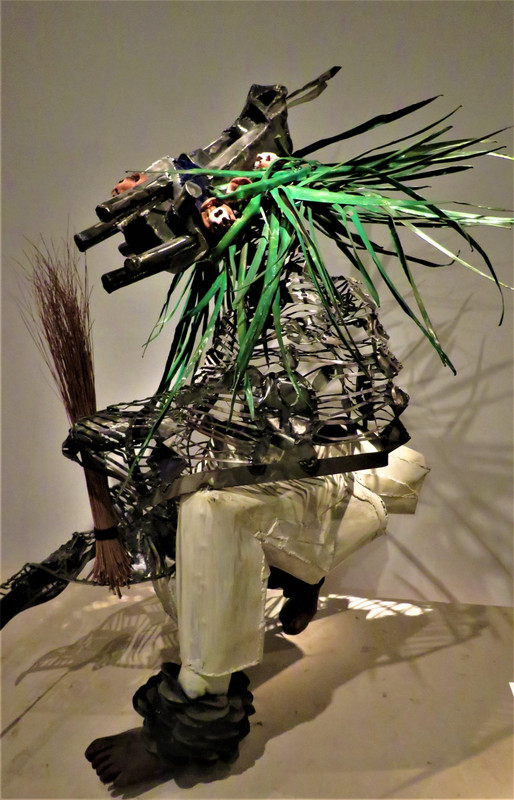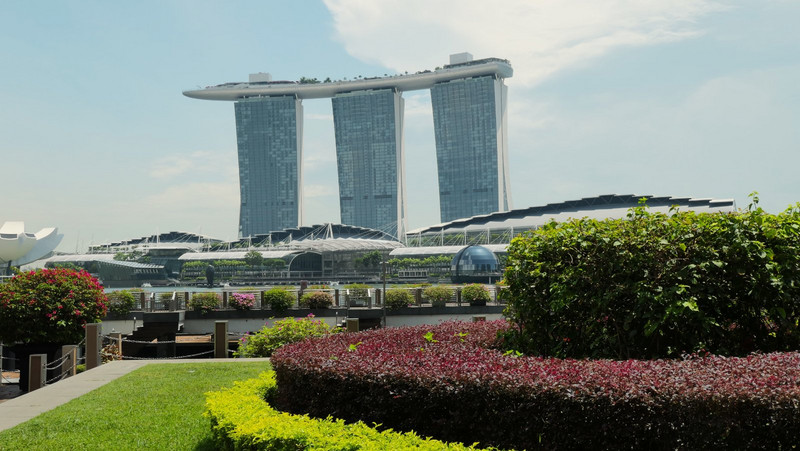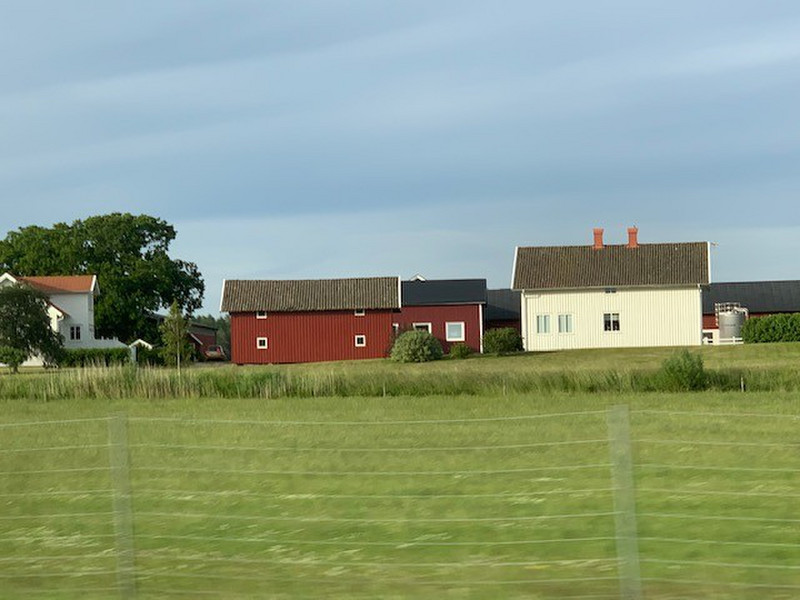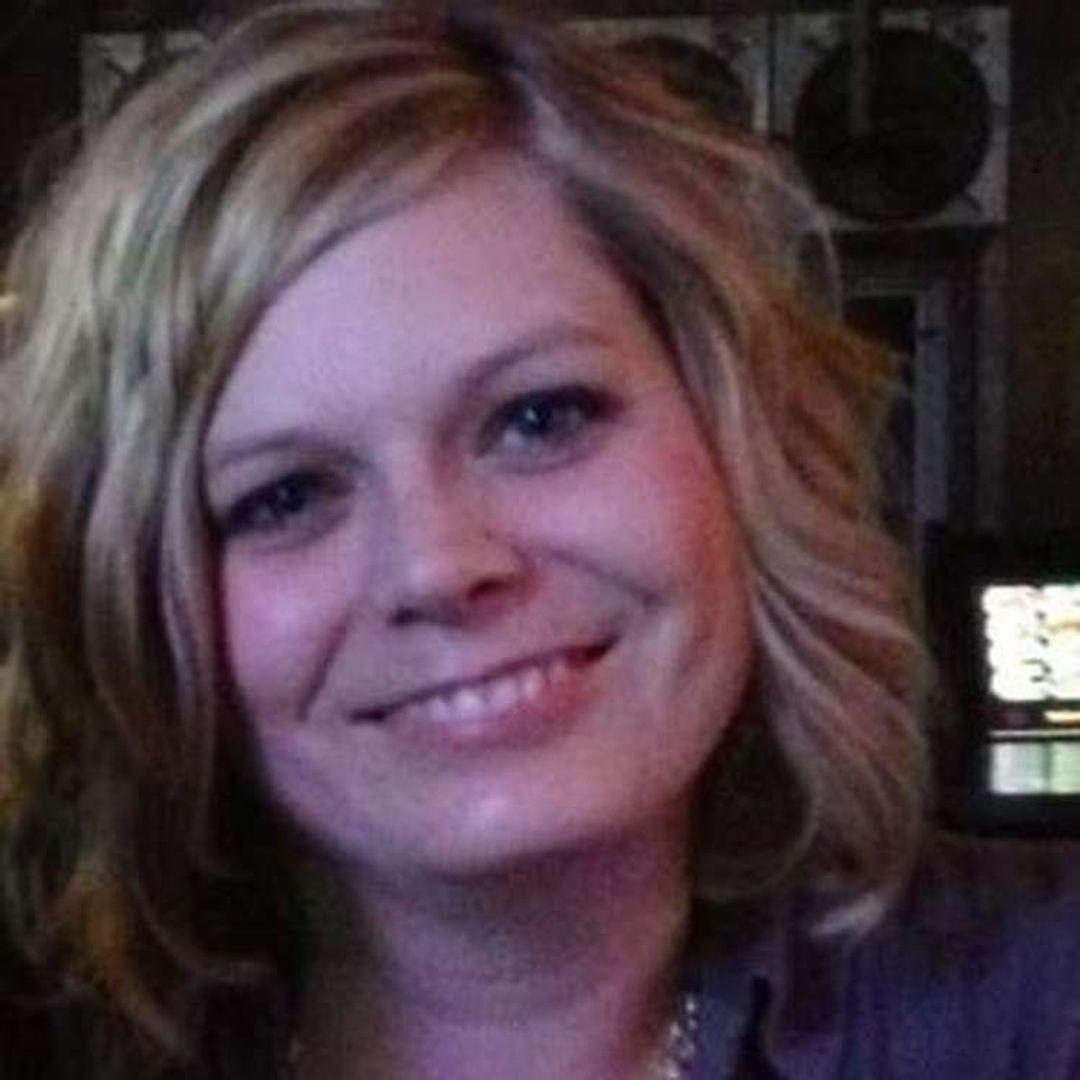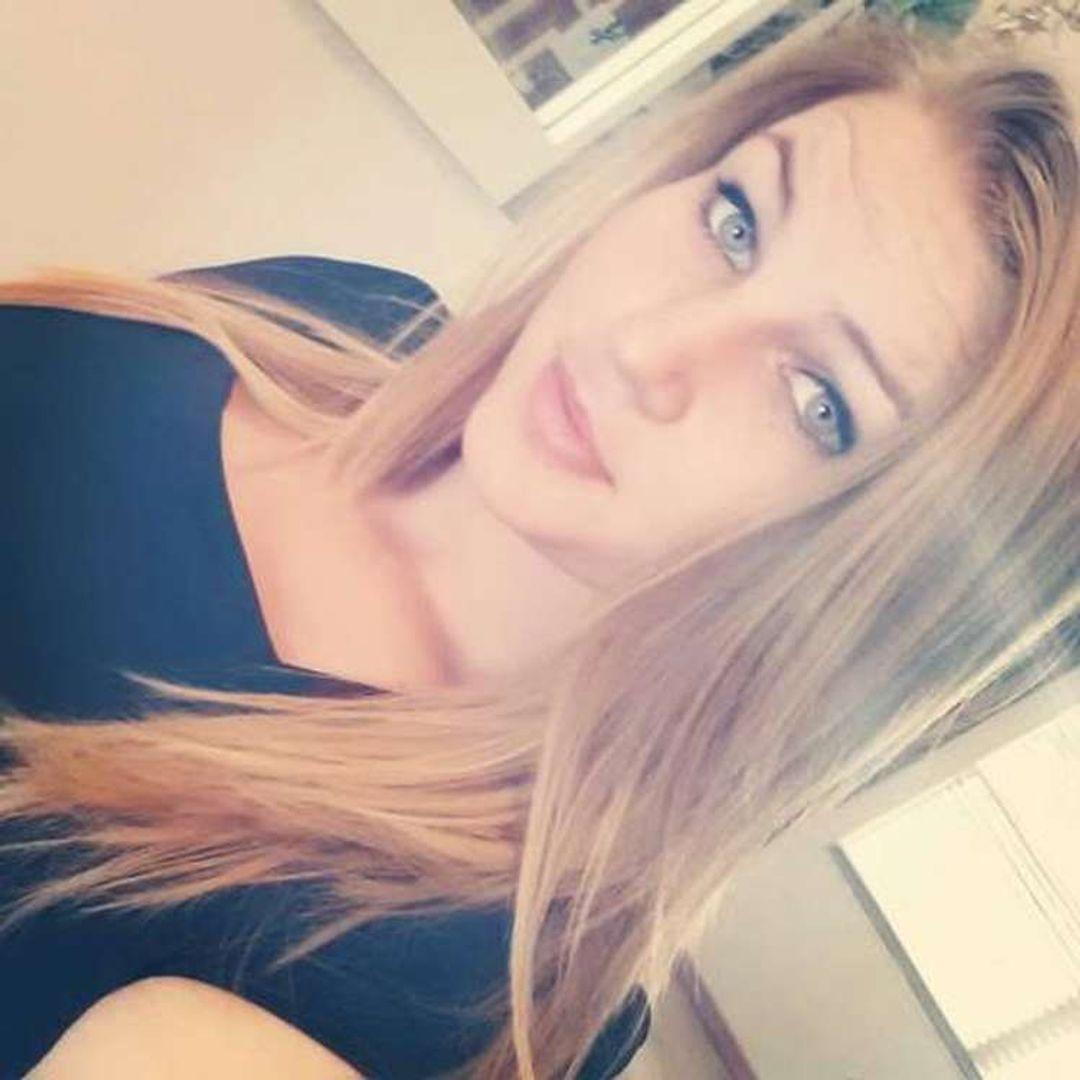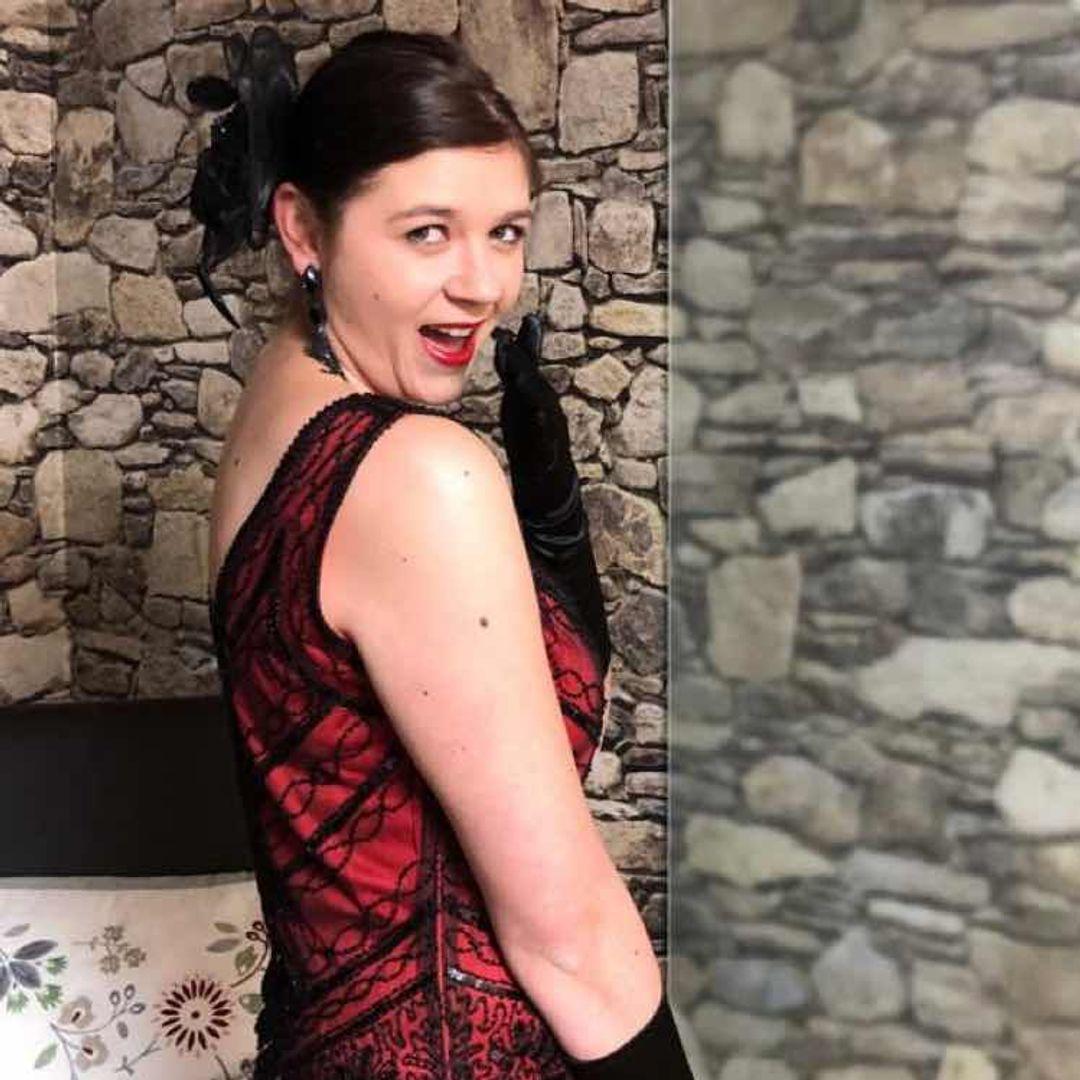10th Nov: Since it was raining, I booked myself a slot at the British Museum. It took me about twenty minutes to walk there and I quite enjoyed the walk. I like the architecture, a lot of the buildings look really cosy in the rain especially with the pubs on the ground floors and the lights glowing. However, the Brunswick Centre different to all the other buildings I passed. Its modernist style was really different to all the other buildings in the area. I cant say I was a huge fan of it. The flats on the edge of have massive windows which are great for natural light, but I feel there would be a lack of privacy. The shopping and restaurant area did look cute though. Maybe I will return and have a better look around one day. I continued on and came to the British Museum, I was going to use the back entrance but changed my mind so that I could see the building in all its glory from the front. Also, I neednt of booked a ticket as no one asked to see it.
huge and contains collections covering different parts of the globe and a wide variety of artefacts. However, a lot of these artefacts were gained/taken through colonisation as the British Empire forced themselves on different parts of the world. The museum was established in 1753 and opened to the public in 1759. It was originally in Montague House, which stood where the museum is, but it had been demolished as the museum expanded over time. Outside the building looks very traditional as it has a Greek Revival faade, so I was surprised at how modern the inside was. After consulting the map and deciding on some of the collections I wanted to visit, I made my down to the African Galleries. I really liked this gallery, and I felt I learnt some new things there. The Otobo (hippo) masquerade of the Kalabari people from southern Nigeria was interesting and because hippos are dangerous creatures, the masquerade mimics this by attacking spectators. I also learnt about how traditions had spread from Central and West Africa to the Americas due to the slave trade. The masquerades; their stories and characters have part of carnival traditions in Trinidad. There were some Moko Jumbie
(stilt walker or dancer) sculptures by British Trinidadian artist, Zak Ov, which were entrancing. The figures he has created show his interest in African identity and the African diaspora. There were also some costumes that were great. I loved the bright colours and the full masks that would cover the wearers were creepy, but in the right kind of way. The other highlight of the African gallery was the Benin Bronzes. These were sculpture plaques decorated with human and animal heads and figure, and also ritual and personal objects. They were probably produced between 1550 and 1650. I loved all the details on the plaques and could easily have spent hours looking at them all.
I made my way back up to the ground floor and to the Enlightenment Galleries. I had a quick look around these rooms, there were lots of small objects on display, but I think I preferred just looking around the room itself as it was like an old library/study. I really liked the style of it. Next, I headed through to the Mexico and North America galleries. I enjoyed seeing the artefacts and reading about the Native American tribes, I wished this
gallery was bigger as I would have liked to have learnt more. The Living and Dying gallery was a highlight. The large piece of artwork in the centre was my favourite. It was a large piece of material with different medicines in pill form woven into it. All around it were pictures of different people and medicines they had taken during their lives or other medical paraphernalia. For me it was a thought provoking piece. I then wandered around the rest of the rooms on the ground floor. They covered Ancient Egypt, Ancient Greece and the Middle East. There was too much for me to take in, so I just wandered a bit aimlessly.
